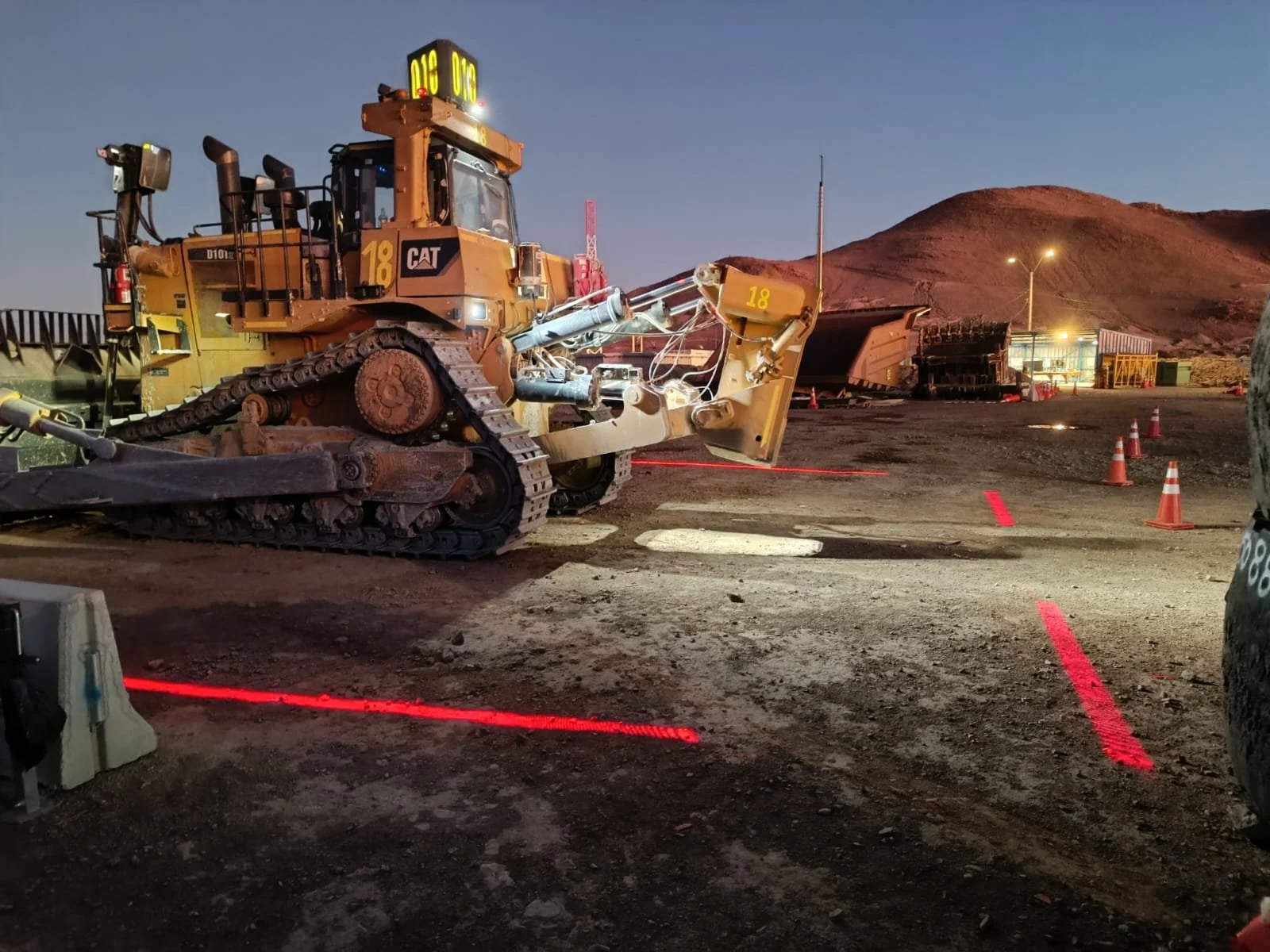Blog Post Title One
Tackling Human Error Around Mobile Machinery: How Behavioural Science Is Transforming Workplace Safety
Human error remains the most persistent and challenging cause of workplace injuries and fatalities, especially around mobile machinery. Despite decades of safety protocols, machinery operators and drivers continue to be the most vulnerable workers — accounting for 42% of all workplace fatalities in Australia. Over the past ten years, there have been more than 1,800 deaths and 1.1 million serious injury claims linked to workplace incidents involving machinery. Clearly, traditional safety measures alone are not enough.
The root cause of many of these incidents isn’t a lack of controls or policies — it’s human behaviour. A momentary lapse in judgment, distraction, or overconfidence can quickly escalate into catastrophic outcomes. So, how can we effectively prevent these accidents before they happen?
Shifting from Compliance to Psychology
Our approach moves beyond relying solely on compliance with rules or checklists. Instead, it focuses on behavioural design and psychology, creating immediate, instinctual warning systems that tap into the brain’s primal danger response — a survival mechanism hardwired into humans since caveman days.
Imagine walking onto a busy road and instantly noticing a speeding car. That flash of instinctive awareness causes you to step back, avoiding danger without conscious thought. Our systems replicate that automatic response in workplace environments where machinery and humans interact.
The Safety Halo System: Creating Invisible Boundaries for Safer Workspaces
At the forefront of this innovation is the Safety Halo system. It uses powerful visual cues—projected LED and laser light zones around machinery—to establish exclusion zones that workers instinctively recognize as dangerous. When a person steps too close to the machinery’s danger zone, the light cues trigger an innate caution response, prompting them to move away immediately.
Unlike traditional safety signs or barriers, the Safety Halo doesn’t depend on workers consciously remembering safety rules; it engages their subconscious instincts, changing behaviour in real time. This drastically reduces the risk of collisions and injuries by intervening before a hazardous situation develops.
Forklift Alert – Pedestrian Safety: Dynamic Walkways that Adapt to Danger
Complementing the Safety Halo is our Forklift Alert – Pedestrian Safety system, designed specifically for busy warehouses and workshops. This system projects clearly defined walkways for pedestrians, enhancing spatial awareness in often congested environments. What makes it unique is its dynamic response to forklift activity.
When a forklift approaches or moves within a certain area, the system automatically switches off the pedestrian walkway projection and activates “No Walking” signs, signaling an immediate hazard. This shifting visual environment exploits the power of biophysics and movement — humans are naturally attuned to changes in light and motion, which heighten attention and trigger instinctive avoidance behaviours.
By leveraging this innate human sensitivity, the system effectively guides workers away from danger zones and reduces the chances of pedestrian-forklift collisions, one of the leading causes of workplace injuries in logistics and warehousing.
Real Impact: Beyond Policies, Towards Safer Behaviour
Our neuroscience-driven visual cue systems transform the way people interact with mobile machinery. They improve hazard perception, reduce human error, and reinforce exclusion zones without relying on manual compliance or enforcement. This behavioural architecture makes safety automatic, intrinsic, and effective — even in fast-paced, high-pressure environments like construction sites, transport hubs, and emergency services.
For employers and insurers alike, this means fewer accidents, reduced injury claims, and ultimately, safer workplaces. By addressing the root behavioural cause of machinery-related incidents, these solutions offer a powerful new tool to reshape workplace safety for the better.

